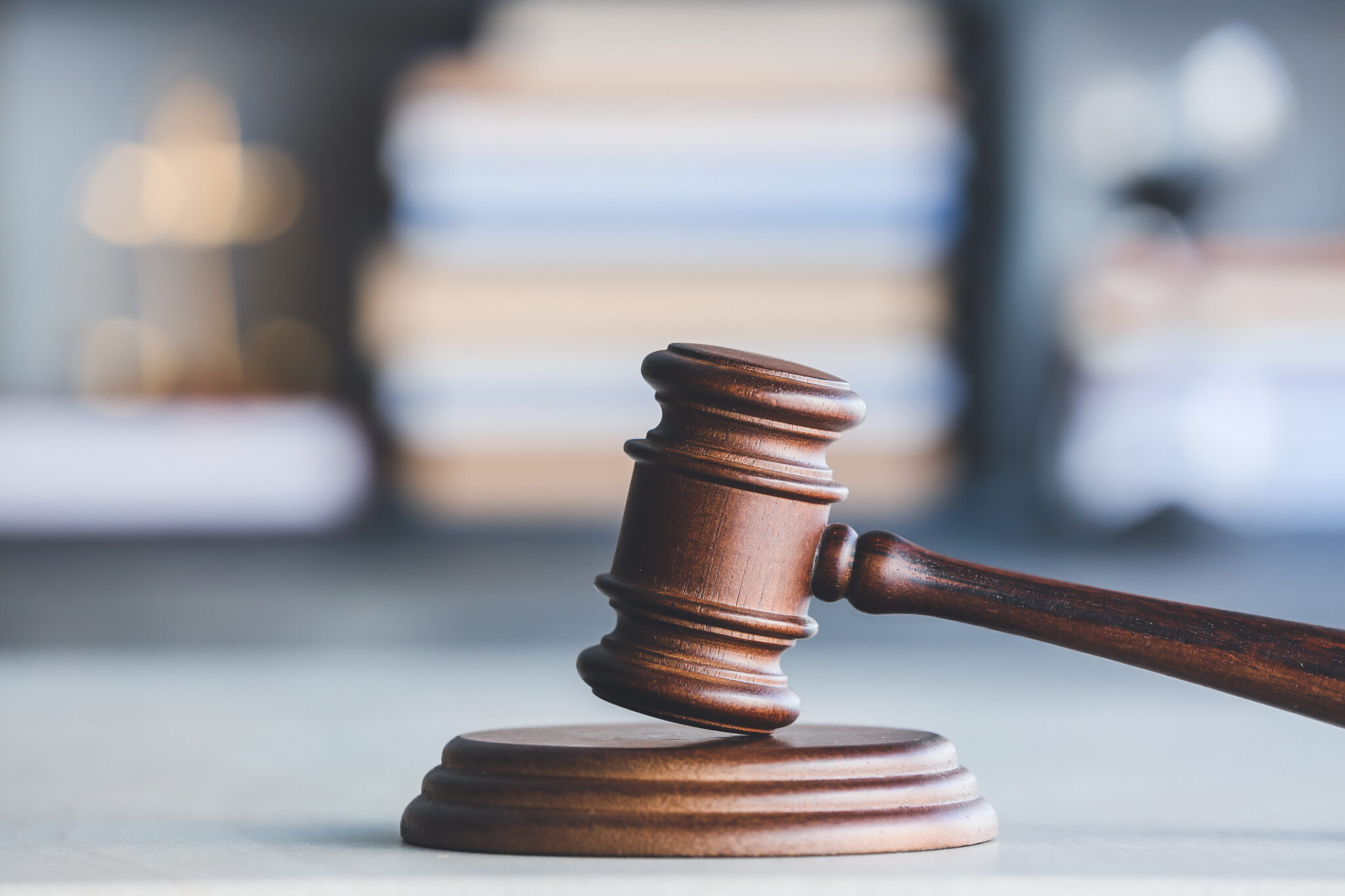Associate Professor Siouxsie Wiles’ employment case against the University of Auckland has important lessons for employers in an age of social media and online harassment.
Wiles was one of the most prominent academic commentators during the COVID-19 pandemic, explaining the science and the approach to managing the risks of the pandemic. Unfortunately, this resulted in hostility from some who did not agree with her statements and attracted some of the worst public vitriol of any COVID-19 commentator. This culminated in her telephone number, personal email address, home address, and an image of her home being posted on websites, and specific threats being made against her and other academics. She was also subjected to in-person harassment, some of which was live-streamed, as well as harassing emails and abusive comments being shouted at her on her way to work. The case explored the issue of her employer’s health and safety obligations to her in this context.
Background
Wiles is employed by the University of Auckland as an Associate Professor in the Department of Molecular Medicine and Pathology in the Faculty of Medical and Health Sciences. Wiles believed that the main harassment she was receiving was not as a result of using Twitter or other social media platforms, but rather as a result of her fulfilling her academic role, including her role of “critic and conscience”.
The Education and Training Act 2020 (“the Act”) enshrines academic freedom and states that universities “accept a role as critic and conscience of society”. Under the Act universities are also characterised by “a wide diversity of teaching and research, especially at a higher level, that maintains, advances, disseminates, and assists the application of knowledge, develops intellectual independence, and promotes community learning”.
Academic staff are key to universities discharging the role of critic and conscience and do it in a variety of ways, including through teaching, research, and engaging in public debates. According to the Act, academic freedom means that, as they carry out their work, academic staff are free “within the law to question and test received wisdom, to put forward new ideas and to state controversial or unpopular opinions”. The University accepted that there is value for the University and its staff in staff undertaking outside activities, including public service and professional work.
The University’s response, however, was to advise its academics to refrain from commenting on social media in instances which would lead to a greater risk of online harassment. It was not until one of the people who was harassing the academics came onto campus and confronted a professor in his office that the University obtained a trespass order.
The claim
Wiles filed a personal grievance against the University of Auckland, alleging breaches of its health and safety obligations under the Health and Safety at Work Act 2015, contractual obligations, and duty of good faith.
Specifically, she raised a personal grievance for unjustified disadvantage and claimed that the Vice-Chancellor did not take any meaningful or proactive steps to protect her safety, causing her ongoing disadvantage. In making that claim, Wiles says that the actions taken and inactions by the University have been purely reactionary and inadequate.
University’s response
Following the raising of the grievance, the University engaged a security company to undertake a security and safety audit. They produced a report (“the Quantum Report”) which Wiles provided feedback on. The Quantum Report made the following suggestions:
- To develop more explicit risk management and assurance for online harassment and digital safety;
- To consider providing additional resource to prevent and respond to online harassment and digital safety, recognising the increasing workload;
- To improve monitoring for evolving digital safety and online threats and harassment; and
- To provide staff members with techniques and tactics to keep themselves safe online.
Following a call from the police checking in on her and asking what security measures the University was putting in place to ensure her safety once in-person teaching commenced, Wiles arranged a meeting with the University. The University’s view was that extra steps in relation to in-person teaching were not feasible and that she was advised to call the control room if she needed to, and otherwise remain vigilant.
An individual risk assessment was later prepared by KPMG, and finalised following comments from Wiles. The University also eventually accepted and actioned all of the recommendations of the Quantum Report. This was nearly 2 years after the draft report had been produced.
During this time, the University raised concerns with Wiles about her conduct and actions. The concerns were about her “outside activities” that the University was unaware of and that she may be carrying out in her private capacity and not in accordance with the University’s policies, for example being a celebrity speaker. The University confirmed that they did not consider externally funded outside activities to form part of her work for the University and that the University did not have any obligations to her as her employer in relation to those activities. They also emphasised that she needed to ensure any of these “external activities”, whether they be as part of work or in a personal capacity, required HOD approval.
The Court’s view
The Court’s view was that academic freedom sits alongside other obligations, including health and safety obligations, and one does not trump the other; they need to work together. Universities cannot use “safety” as a pretext to shut down expressions of a view that is critical of the University or which is unpopular, but there will be examples where an immediate and serious health and safety risk that cannot be managed will need to be accommodated.
The University also has “good employer” obligations under the Collective Agreement and under s597 of the Education and Training Act. In addition, the University and the employee have obligations under the Health and Safety at Work Act, which envisages a systematic approach to identifying potential hazards and risks and to putting in place measures for eliminating or minimising those hazards and risks.
The Employment Court found that the University’s response was problematic and, in particular, that the health and safety response was insufficient and too slow and the focus on alleged outside activities was misplaced. While the harassment Wiles and others were receiving because of their commentary on COVID-19 may well have been worse than previously experienced, the risk was already well recognised. There was not, however, a well-developed strategy for dealing with issues that arose. Such a strategy might have been expected given harassment was a known risk for academic staff, especially women.
The University should have moved more quickly to put measures in place to protect and support Wiles and her colleagues, obtaining expert assistance as required. While it was expected and reasonable for the University to have consulted with Wiles over the steps that she wanted the University to take, the onus was on the University to obtain the right advice and put in place a plan proactively. The University seemed reliant on Wiles and her colleagues to suggest the actions that should be taken, and it was not for them to determine what actions were appropriate.
The Court concluded that the University’s focus on alleged outside activities was misplaced. The view that seemed to permeate the University’s approach to the issues was that a good deal of the abuse Associate Professor Wiles was receiving arose from outside activities on social media that were not her work. The Court viewed that stance as wrong and that it was clear throughout that it was her public COVID-19 commentary that caused her to be a target for abuse. The University, however, did eventually acknowledge that this commentary was part of Associate Professor Wiles work. The Court noted that the manner and tone in which the University raised issues with Wiles was not reasonable and went so far as to say that some of the correspondence was unnecessarily aggressive.
The Court’s findings
The Court made declarations that:
- The University has breached its (express and implied) obligations to protect Wiles health and safety, in that it failed to provide adequate protection and support to her. Wiles was entitled to expect the University to have put together a plan to keep her safe as she went about her work and to have supported her as she did so;
- The University breached its statutory duties of good faith and to be a good employer by failing to engage constructively regarding Wiles’ safety, and especially in the way it dealt with her alleged non-compliance with the University’s policies; and
- As its obligation to be a good employer was also a term of the Collective Agreement and encompassed the University’s obligation to act in good faith towards its employees, the University breached its contractual obligations to be a good employer, as a result of its failure to act in good faith.
General damages of $20,000 were awarded to Wiles for unjustified disadvantage. There was no further penalty for breach of contract, as it was not intentional, and the University continued to take steps to improve its response to situations such as this. Similarly, while the University breached its statutory duty of good faith, it was not deliberate, serious, sustained, or intended to undermine the employment relationship, and a penalty for breach of the duty of good faith was therefore not awarded.
Lessons for employers
- The case highlights the requirement for employers to proactively take steps in a timely manner when faced with health and safety issues.
- There is an obligation to provide adequate protection and support, including from external threats.
- While employers should consult with employees regarding the measures that should be put in place, the onus to obtain the right advice and put a plan in place ultimately falls with the employer.
- The threat of online harassment is an increasing issue within the school environment and the Quantum Report recommendations contain some useful suggestions as a starting point.
If you have any questions, feel free to reach out to our Education Team.
Disclaimer: The content of this article is general in nature and not intended as a substitute for specific professional advice on any matter and should not be relied upon for that purpose






